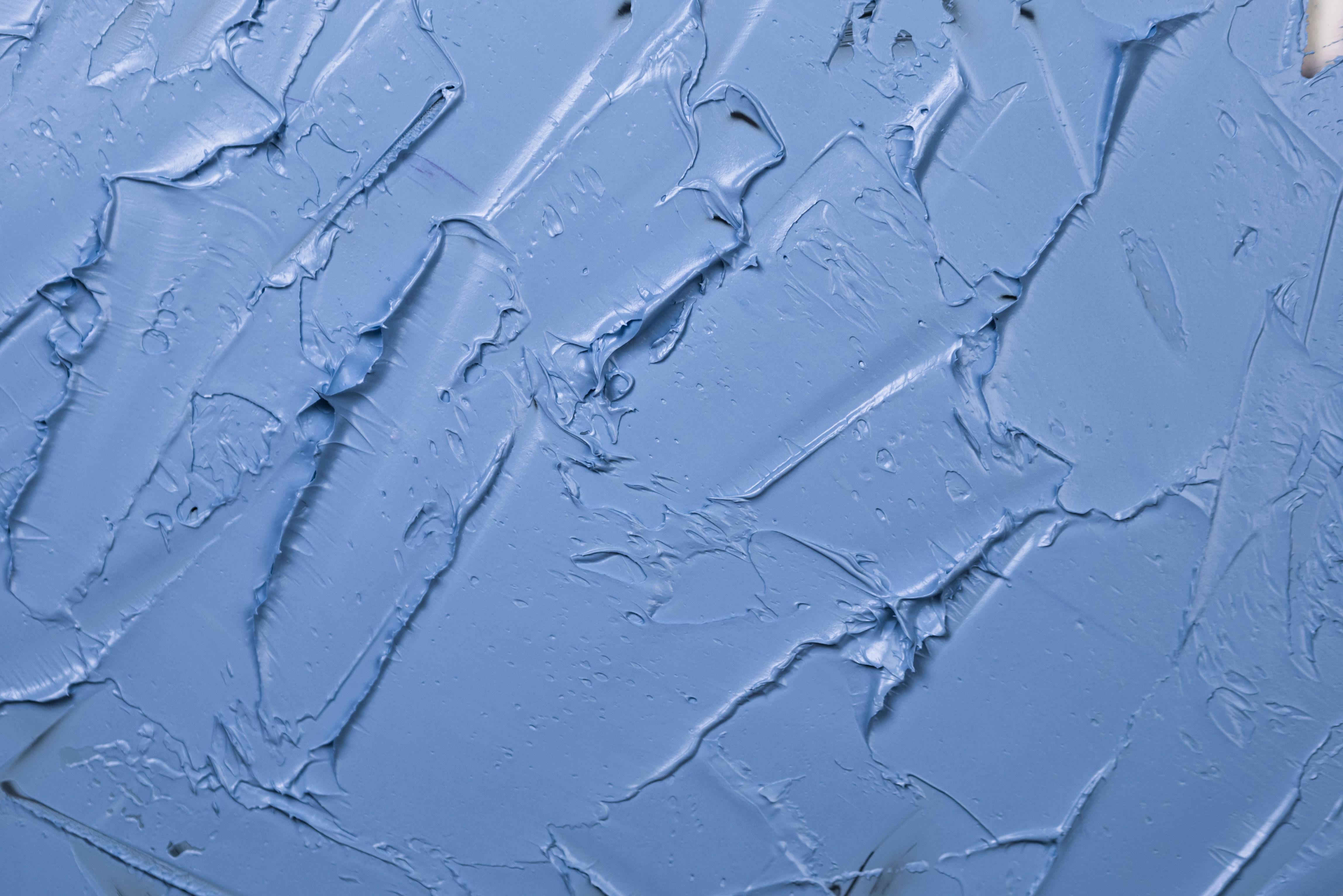Until very recently, traditional treatments for wrinkles and depressed scars involved the use of soft tissue fillers such as injectable collagen replacement therapy or hyaluronic acid, also known as soft tissue augmentation. These treatments require the injection of purified materials directly under the wrinkles or depressions to raise them to the surface. The materials are manufactured in the laboratory and, in some cases, skin tests must be performed prior to treatment to minimize the possibility of allergic reactions. Additionally, repeated touch-up injections are typically required every several months to maintain optimal correction.
Dermaspacing, also known as subcision, in contrast, is a simple, safe, and quick office procedure designed to stimulate the skin to produce its own collagen. No foreign or processed material is implanted. While it is uncertain how long the correction can be maintained in any individual, because the skin has been stimulated to produce its own collagen, it is reasonable to anticipate that the correction may persist for an extended period.
How dermaspacing works
Immediately before beginning, the cosmetic surgeon usually numbs the region around the wrinkle or scar with a small amount of local anesthetic, making the procedure completely painless. Then, with a fine needle that is inserted into the skin, the dermis tissue is separated directly below the length of the wrinkle or scar to create a small, narrow pocket or space. During the next few weeks, the skin responds by producing new collagen to fill in the space created, thus filling the skin and correcting the wrinkle or scar directly above it.
Doctors use the term excision to refer to a surgical procedure in which a deep cut is made through the surface of the skin, usually with a sharp instrument such as a scalpel. For this reason, excision procedures generally leave a small scar on the skin. The term dermaspacing is used because, except for the initial needle stick, no cuts are made along the surface of the skin. All work is done under the skin, virtually eliminating the possibility of superficial scars. And the site of the needle stick usually heals imperceptibly as well.
Indications for Dermaspacing
The “worry” lines along the forehead, the “frown” lines between the eyes and the “laugh” lines, the “puppet” lines, and the “smoker” lines around the mouth are particularly suitable for this technique, which generally only takes a few minutes to perform during an office visit. Depressed acne scars, chicken chip scars, and certain linear depressed trauma scars are also susceptible to this approach.
What to expect next
Immediately afterwards, the surface of the skin along the entire wrinkle or scar, usually appears bruised and slightly swollen due to the leakage of blood into the space created below the surface. This bruise is harmless and usually clears up on its own in about two to seven days. Also, on the surface of the skin, there may be one or more small needle stick marks where the anesthetic was administered and where the dermopacer needle entered the skin. However, these seal quickly and, if desired, cover-up makeup can be applied immediately after the procedure. Some people experience minimal sensitivity at the treatment site, which usually resolves within a day or two and can be treated with ice packs and acetaminophen (eg, Tylenol) if necessary.
Cosmetic improvement is best seen two to four weeks after dermaspacing. It is not uncommon for one or more repeated procedures to be performed to maximize the overall cosmetic result. If necessary, the procedure can be repeated in about a month.
Possible complications
Although low, there is a risk of scarring which is believed to be related to excessive collagen production in response to treatment. This usually appears as a small, flesh-colored bump that protrudes above the surface of the skin, often slowly disappearing on its own. Some areas of the face and certain people may be more prone to this problem. However, if it persists, it can be easily treated.
Limitations
Dermaspacing is not intended to remove deep “hole” scars. For these grafts, punch lift, scar excision, chemical peel, laser resurfacing, and polish peel can be much more effective, either alone or in combination.
So, if you want to remove your wrinkles and scars, but don’t want expensive and painful surgeries, or toxins and foreign fillers injected into you, then dermaspacing may be the treatment for you.



